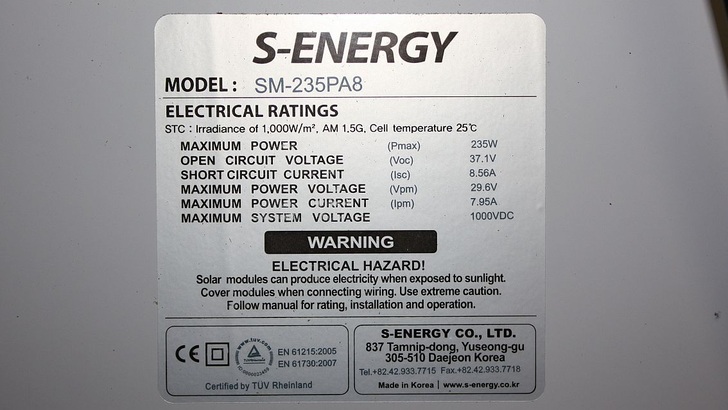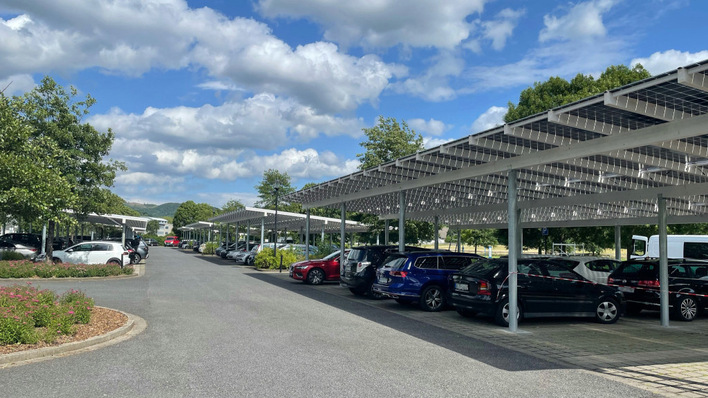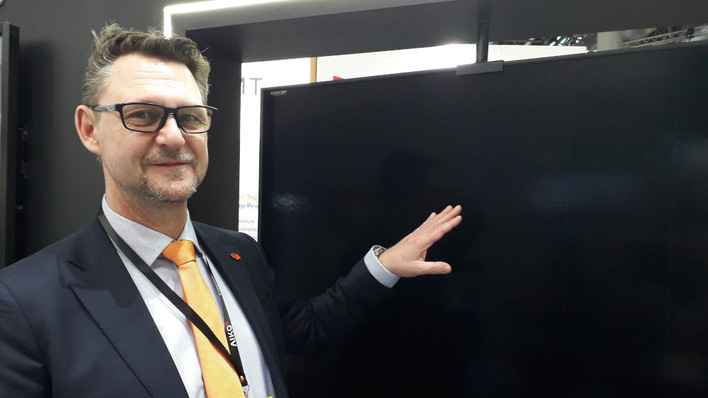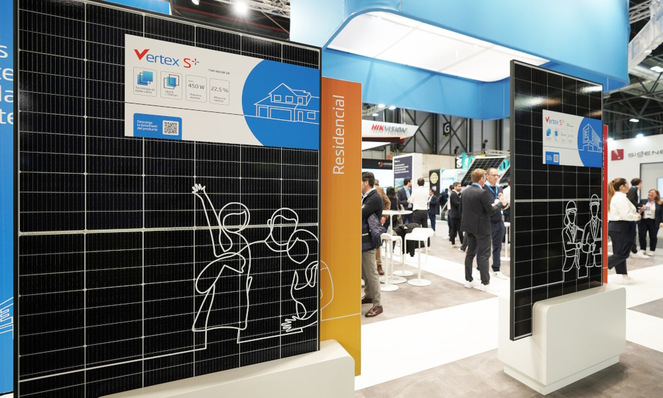Read the first part: The curse of the soldering joints
Read the second part: A sobering diagnosis
Read the third part: Serial number on the back
All the same: Minetzke did not experience a complete disaster. He is insured through the Allianz and at least they cover his loss in yield. Markus Merkle, solar technician in Reckingbach very far in the south of Germany, was less lucky. He installed a number of arrays by S-Energy – adding up to between 200 and 300 kilowatts. He was also a customer of Donauer.
He is with the Gothaer Insurance, who have since cancelled their coverage. “At first we thought the damage was caused by overvoltage,” Merkle, who was very professional in locating the fault, reports. “We supposed that the bypass diodes were broken.” So he replaced some of the panels at his own expense. That was in 2013. “Back then, the Koreans built 54-cell panels with an output of 205 watts. Suncycle does not supply replacements for these anymore. They are very hard to come by and replace.”
In the meantime, his installations are also experiencing insidious losses in output, as if hotspots were the fever rash of photovoltaics. “In one array, all panels are affected, one fifth in another and, so far, six to seven percent in the third.”
Liable to the customers
Merkle is liable to his customers. After all, it was him who originally put the array up to their roofs – assuming that the promises of the Koreans were to be trusted. S-Energy’s warranty also seems to be of little use. “We could go to court,” he remarks. “But it just is not right that our customers are left in the lurch and having to foot the bill. And we as the installing company also do not have the capacity to spend weeks looking for faults. Just the cost of setting up scaffolding is quite substantial.”
He also used thermography to find the hotspots. Since then, the replacement happens in stages, and only after tedious e-mail exchanges. “It seems that the replacement panels are also faulty,” he complains.
In the case of one installation (70 kilowatts), eight panels had to be replaced. The insurance company (Gothaer) at first okay with that. But once it turned out that another 13 panels were faulty, they cancelled the policy. “Now I have serious difficulties in re-insuring this installation. And now I somehow have to get that through to my customer.” And now he has 13 repaired panels on his premises that were delivered by Suncycle. Merkle is adamant: “We will not put them on the roof. What if they are also faulty?” (Heiko Schwarzburger)







